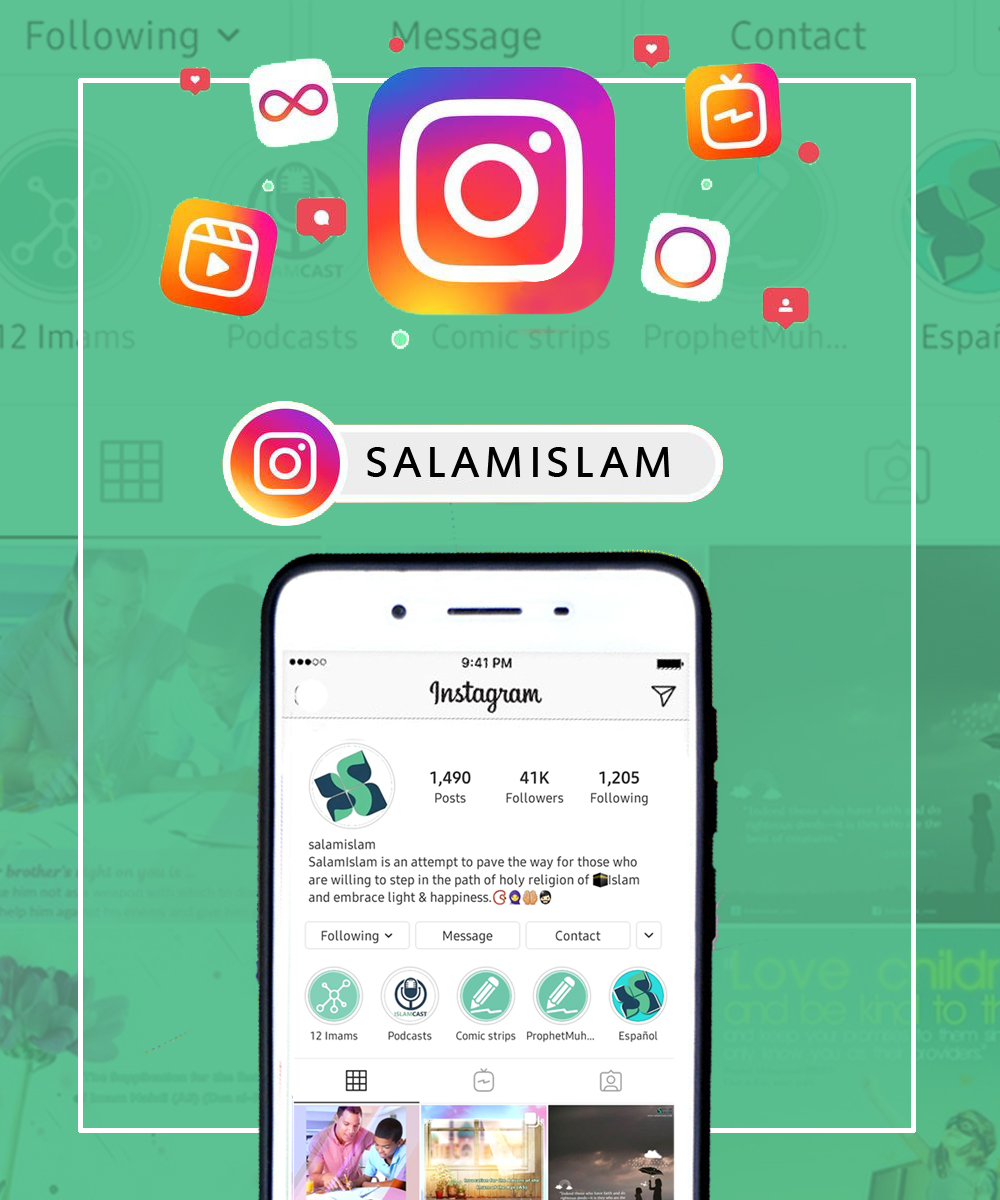
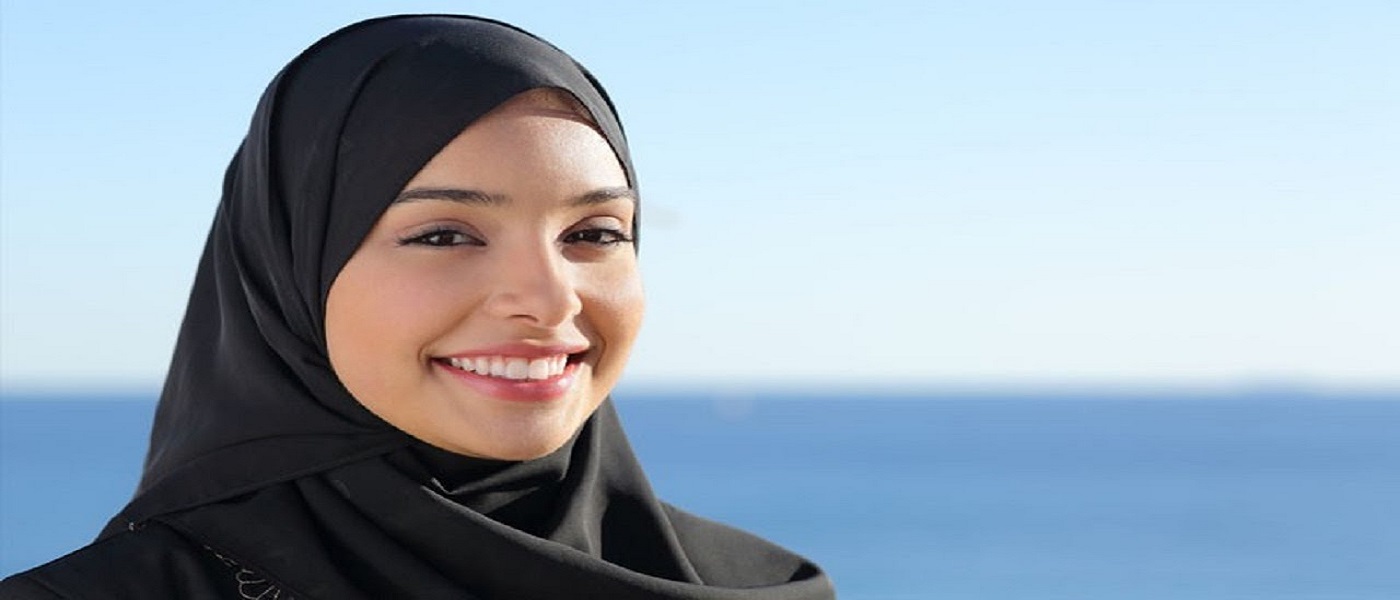
Hijab in Islam : the Real Meaning
When talking about Hijab in Islam , the first impression that comes to mind is a cloth covering certain parts of women’s body. But is this the real meaning of the Hijab? Is that all Islam intended by ordering to wear Hijab; covering women’s bodies? This is surely one of the functions but is not the whole thing.
Hijab in Islam concerns men as much as women. Indeed, by introducing Hijab, Islam aims to set out a framework on how we dress, how we look, and how we interact in society. This also originates from a superior objective: limiting the human desires towards the opposite gender to one’s private life in the form of a legal marriage and letting the society focus on work and productivity [1].
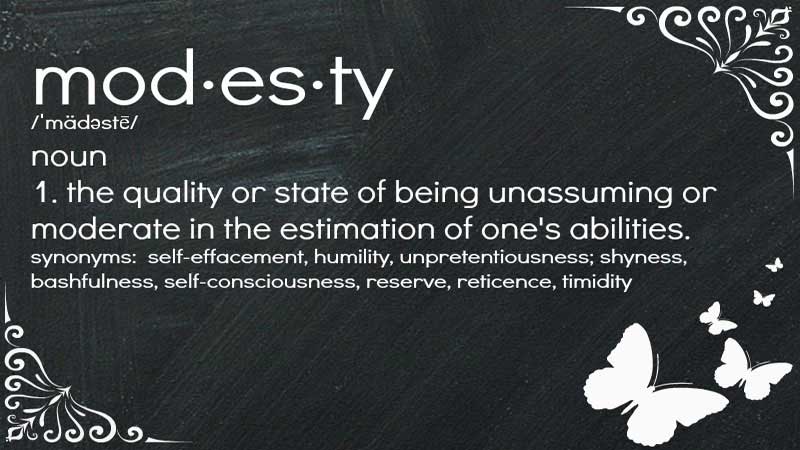
The Islamic Dress Codes
Islam requires both women and men to dress simply, modestly, and with dignity. Simply said, one should not dress in a way to draw the attention of the others to their physical features. Islam has forbidden wearing the clothing that attracts the attention of the general public, making its wearer known for it because of the type of the fabric, its color, model or because of being worn and unclean [1]; and this applies to women and men both.
According to the Holy Quran, covering and Hijab of body dates back to the time of Adam and Eve in the Garden of Eden: “So when they tasted of the tree, their nakedness became exposed to them, and they began to stitch over themselves with the leaves of paradise.” (7:22). This demonstrates that following the standards of modesty is innate in all human beings, and so do the Islamic dress codes.
Since modesty as the reason to wear the Hijab in Islam is a subjective term, the Quran and Sunnah [i] have laid out the bare minimum to prevent any confusion. The absolute minimum covering in Islam set for men is loose and unrevealing clothing from his navel to his knee [1]. Men are not allowed to wear gold jewelry, silk clothing, or adornments that are considered feminine [1].
Muslim women, like men, are not permitted to wear tight and revealing clothing; especially the ones showing the details of their body. The clothing should cover their hair and body, but covering the face and the hands, from the wrist to the fingers, is not mandated [2]. It is also forbidden for women to wear strong perfume, heavy make-up, or such jewelry that makes a jingle noise with movement and attracts the attention of others, especially strange men. They should not reveal their ornament either. These all let the Muslim women to be recognized in society by the content of their character rather than by their physical appearance and do force men to cease objectifying women.
It should be noted that besides these dress codes, Islam has mandated us to wear beautiful and clean clothes; especially when dealing with others and during prayers: “O Children of Adam! Put on your adornment on every occasion of prayer” (7:31). This also should be considered as much as the clothing rules.
Controlling the Glance as A Part of Hijab in Islam
Islamic precept has introduced a particular way of decency by presenting the concept of controlling the gaze. It is stated in the Quran that: “Tell the faithful men to cast down their looks” (24:30); and: “And tell the faithful women to cast down their looks” (24:31). It means that women and men are both required to keep their gazes downcast unless permitted [ii].
Imam Sadiq (AS) said: “A glance is a poisoned arrow from the arrows of Satan. He who refrains from it [glancing] for the sake of Allah and nothing other than Him, Allah will grant him a faith, the taste of which he will experience.” [3].
Keeping the glance downcast prevents men from lustful thoughts when looking at any woman other than their wife and allows women to protect themselves and guard their modesty. If one truly believes that God is present everywhere and at every second, He sees all he does [iii], and “He knows the treachery of the eyes, and what the breasts hide.” (40:19), he controls his glance in public and in private.

Limits to Talking to the Opposite Gender
As society is composed of women and men, their social interactions and communications are inevitable. Emphasizing the concept of decency, Islam has special guidelines for the interactions between members of the opposite sex. Islam, as the religion of moderation [iv] [4], does not allow a free relation, neither severely restricts this interaction, but allows women and men to communicate in good intention [5]. This means that the speech should be direct and both sides should consider the human identity of the other person, not the gender.
Allah says in the Quran: “wives of the Prophet! You are not like other women: if you are wary [of Allah], do not be complaisant in your speech, lest he in whose heart is a sickness should aspire; speak honorable words.” (33:32).
Although this verse of the Quran addresses the wives of the Prophet Muhammad (PBUH&HP) who were mostly at the old age, it also applies to all other women especially young ones [6]. This requires Muslims, specifically women, to use a serious tone of voice and expression when talking to the opposite gender. Otherwise, their sweet words might seduce the person whose heart might be diseased with lust.
Notes:
[i] The lifestyle and sayings of Prophet Muhammad (PBUH)
[ii] e.g., in the case that a witness looks at the face of a non-mahram to recognize him/her.
[iii] “does he not know that Allah sees [him]?” (96:14)
[iv] “Thus We have made you a middle nation that you may be witnesses to the people” (2:143)
References:
- HIjab in Islam
- A. Aroussi Howayzi, "Tafsir Noor al-Thaqalayn", vol. 3/589, T. 105.
- M. B. Majlesi, "Bihar al-Anwar", vol. 101, p. 40.
- N. Makarem Shirazi, "Tafsir Nemooneh", vol. 1, p. 483.
- Hijab in Holy Quran
- M. Qara'ati, "Tafsir Surah al Ahzab."
Share This Article
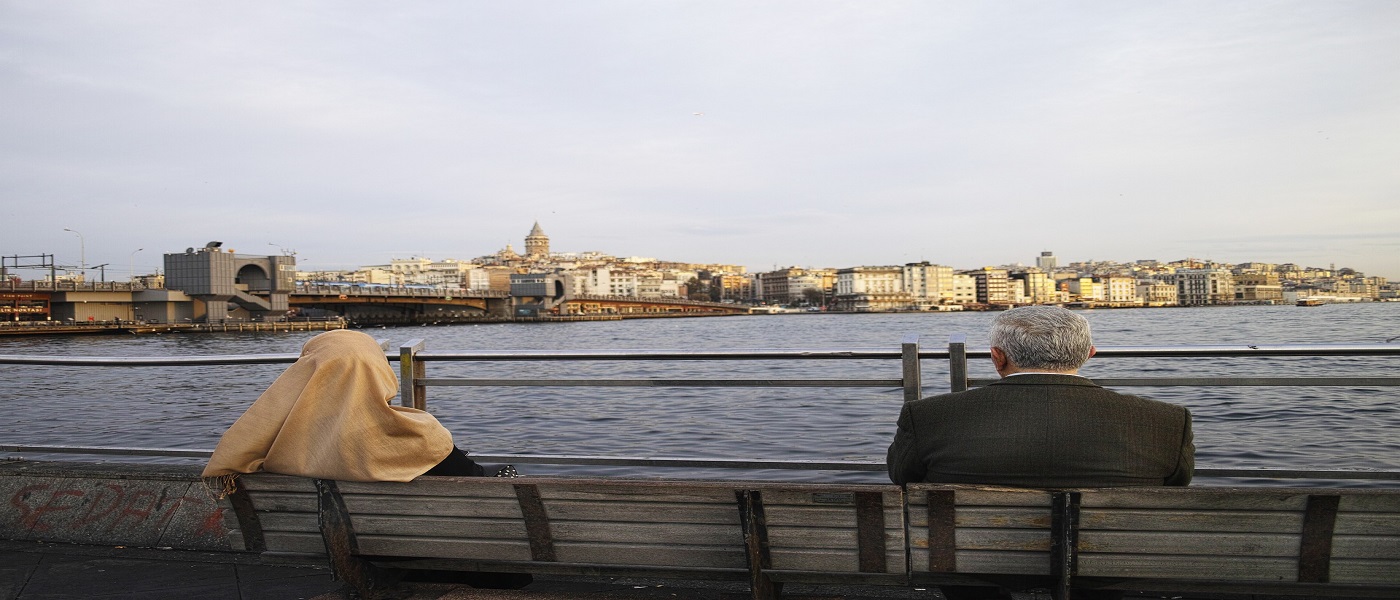
Are Women in Islam Respected as Much as Men?
Contrary to popular belief, women in Islam has been empowered and respected. We previously discussed the Islamic viewpoint on the rights of women and the position of women in the society. Knowing that the justice considers equal rights for both men and women, it revealed that Islam had given “equal” -not similar- rights to women and men. Here, we provide more evidence on the Islamic approach to demonstrate that females are greatly respected in Islam.
Women in Islam and Love for Daughters
In the pre-Islamic era in Arab countries, females were considered as weak members of the society, and they were an economic burden especially during times of famine since they were supposed to be less useful. If a girl was born to a family, the father became disappointed (“And when one of them is informed of [the birth of] a female, his face becomes dark, and he suppresses grief.” (16:58)) and afraid of that girl being held captive by the invaders in the future, which would bring shame to the family. So, they used to bury baby girls alive (“Should he keep it in humiliation or bury it in the ground?” (16:59)).
Of course, Islam prohibited this practice by the divine commands in the Quran as well as the deeds and sayings of Prophet Muhammad (PBUH). The reaction of the Quran to this act is: “evil is what they decide” (16:59) and adds: “do not kill your children out of poverty; We will provide for you and them” (6:151).
This act is so blamed and hated in Islam that in Surah Takwir it is said on the Day of Judgement, the first issue that will be dealt with before everything else will be burying the baby girls alive: “For what sin she was killed” (81:9). This demonstrates how invaluable females are in Islam.
Islam also attempts to show the position of the daughter in the family and how she brings blessings to it. In this regard, Prophet Muhammad (PBUH) has said: “God bless the father who has daughters. Daughters are lovely and bring divine blessing, and sons are like good news. Daughters are enduring good deeds (Baqiyat al-Salihat)” [1].
He (PBUH&HP) wondered why people were unhappy and sorry for having a daughter and said that daughters are like fragrant flowers for him to smell [2]. Imam Sadiq (AS) said that: “Daughters are your good deeds and sons are your blessings. You will be asked for the blessings you have been given, but you will be only rewarded for your good deeds” [3].
This narration emphasizes how important female children and women in Islam are and warns us to treat them well. Prophet Muhammad (PBUH) has advised buying gifts for the family members and said that this act would be rewarded similar to giving charities. Then, he (PBUH) adds: “Firstly give your daughters their gifts, and then your sons. Because whoever makes her daughter happy is similar to the one who has set one of the children of Ishmael free (AS)” [4].
Islam Respects the Wives
The respect and importance given to daughters are also pointed out about women in Islam and especially wives such that according to Prophet Muhammad (PBUH&HP) the best of men is the one who is the best to his wife. And, he (PBUH) is the best man who other men should follow in act and behavior towards their wives [5].
Another manifestation of the respect for the wives is the Islamic point of view on polygamy. Islam does not approve of polygamy; rather it has restricted polygamy by setting some terms and conditions on that matter.
Islamic Advice on Respect for Mothers
Mothers are of high value in Islam because of their efforts such as how they withstand the difficulties during the pregnancy, the care and protection they provide after giving birth to the baby, the selfless sacrifices they make so that the child could grow up in the most comfortable condition and with the best education.
The rights of mothers are even known to be superior to those of fathers [9]. According to Prophet Muhammad (PBUH&HP), one can never pay back the rights of the mother [6].
Last word …
This amount of concern about females from childhood to motherhood and the considerations for the equal rights for women in Islamic teachings all the indicate the respect and attention paid to women in this religion.
References:
- M. Nuri, "Mustadrak al-Wasa'il", vol. 15, p. 115, T. 17700.
- "Makarim al-Akhlaq Supplication", p. 219.
- Shaykh Al-Kulayni, “Al-Kafi”, vol. 6, p. 6.
- Shaykh Al-Amili, "Wasa'il al-Shi'a", vol. 15, p. 227.
- Shaykh al-Saduq, "Man la yahduruhu al-Faqih", vol. 3, p. 443.
- H. T. Nuri Ṭabarsi, “Mustadrak al-Wasail”, vol. 15, p. 203.
Read More
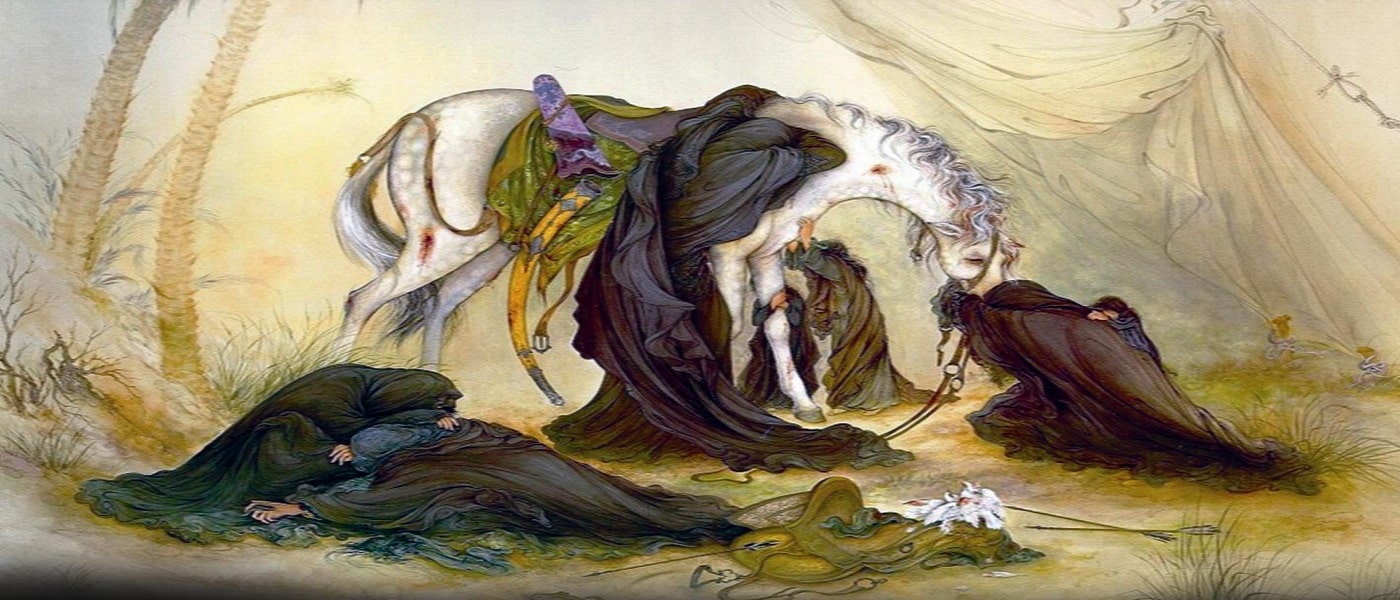
The life of Zainab (AS): Daughter of Fatimah (AS) and Imam Ali (AS)
There are always great people in history who successfully move through the stages of spiritual development, reach the top, and become role models for human generations. One of the shiniest examples of such people is undoubtedly Lady Zainab (AS), the daughter of Imam Ali (AS) and Lady Fatimah (AS). The life of Zainab (AS) was full of story.
She was born to a family formed by the Prophet (PBUH&HP), the most outstanding figure in history. Her parents were also great figures from whom the principle of Imamate originated [1]. So Zainab (AS) shared with her brothers and sister the extraordinary position of having such examples to look up to, emulate, and learn from [2].
She had barely attained the age of seven when her beloved mother passed away. Her mother's death had closely followed her cherished grandfather's passing away. Sometime later Imam Ali (AS) married Umm ul-Banin (AS), whose devotion and pledge encouraged Zainab (AS) in her learning.
Lady Zainab (AS)'s Marriage
After receiving her father’s consent, Zainab (AS) married her first cousin, Abdullah, the eldest son of Imam Ali (AS)’s elder brother Ja'far al-Tayyar.
Although Abdullah was a man of means, she lived a modest life, avoiding luxury. Having been brought up under the direct care of Prophet Muhammad (PBUH&HP) and Imam Ali (AS), Abdullah was a man of pleasing manners and was known for his sincere hospitality to guests and selfless generosity to the poor and needy [3].
He never prevented his wife from accompanying her father, and two brothers, Imam Hassan (AS) and Imam Hussain (AS). It has been narrated that Zainab (AS) asked Abdullah, as a marriage stipulation, to always let her accompany Imam Hussain (AS); Abdullah accepted it wholeheartedly and some years later, also sent their two sons with her to support Imam Hussain (AS) at the battle of Karbala.
Her character
While still a young girl she was fully able to care for and be responsible for the comforts and ease of her husband, children, father, brothers, and sister. However, in her own wants, she was frugal and unstintingly generous to the poor, homeless, and parentless [4].
She found little of interest in worldly adornments, always preferring the bliss and comfort of the Next World over that of this world. Being Humble and of high morals, her main concern was to strive to please Allah, and in doing so, she avoided anything which was the least bit doubtful [3].
In fact, her character reflected the best attributes of those who raised her. In sobriety and serenity she was likened to her grandmother, Khadija (AS), in chastity and modesty to her mother Fatimah Zahra (AS), in eloquence to her father Imam Ali (AS), in forbearance and patience to her brother Imam Hasan (AS), and in bravery and tranquility of the heart to Imam Hussain (AS). Her face reflected her father's awe and her grandfather's reverence [3].
Her knowledge
In the pure environment where she was raised, Zainab (AS) absorbed the Islamic teachings that the Prophet (PBUH&HP) imparted. Accordingly, she was endowed with an abundant amount of knowledge she shared with women in regular meetings in Medina and later in Kufa.
In her well-attended gatherings, Zainab (AS) conveyed the precepts of the religion of Islam as explained in the Holy Quran with absolute clarity, eloquence, and fluency. She has also narrated many quotes (hadiths) from her grandfather Muhammad (PBUH), her mother Fatimah Zahra (AS), and her father Imam Ali (AS).
Modesty in The life of Zainab (AS)
Women’s modesty is of great importance in the religion of Islam. There are some verses in the Holy Quran that explain the necessity of the Hijab and modesty and warn people about it. Zainab (AS) always appeared in modest clothes in society and spoke firmly in a non-provocative way.
In observing such rules and principles about Hijab, she was exemplary, and so she became a role model for all Muslim women.
Her Patience
The life of Zainab (AS) was always laden with hardship, but she never feared to cope with difficulties. As a young and a six or seven- year- old girl, she lost her beloved mother, only a few months after her grandfather’s passing away.
Some years later in Kufa, she had to bear her father’s loss after he was martyred by a stroke from a poisoned sword on his head in the mosque while he was praying. Then she was faced with another hardship when her older brother Imam Hassan (AS) was killed by poison under the order of the Caliph of that time.
And the hardest suffering she went through was when she witnessed her younger brother’s and his companions’ martyrdom in the battle of Karbala. Zainab (AS)’s conscious patience made her endure all such difficulties just for God’s satisfaction. This kind of patience is achieved only through a strong faith in Allah.
Zainab (AS) had heard from her father say: “one cannot fully understand the truth of faith unless they have three features: awareness of the religion, patience through sufferings and good life strategies” [5].
Zainab (AS)’s Vocation
Being raised in the Prophet Muhammad’s family, Zainab (AS) was fully familiar with the truth of religion. So she could not bear it when she saw the religion was being distorted and the insurgents, evildoers, and breakers of covenants defy the true Islam of Prophet Muhammad (PBUH&HP), promoted by Imam Hussain (AS).
She found out that the people of the time were absolutely ignorant about religion. Accordingly, nothing of the religion would remain except the surface if she had not informed the people of those oppressions and tyrannies. Zainab (AS), therefore, obediently accompanied Imam Hussain (AS) to wipe such improprieties and falsehood from Islam.
She would follow her vocation by revealing the tyranny of the oppressors courageously in her thought-provoking sermons in the court of Yazid. This would soothe the inconsolable women and children and help them realize that their sacrifices and devotions were not in vain. Certainly, if it were not for Lady Zainab (AS)’s dedications, the truth of religion would fade away.
References:
Read More

